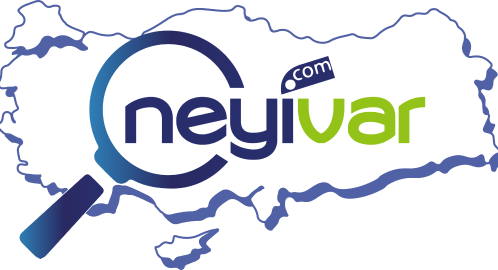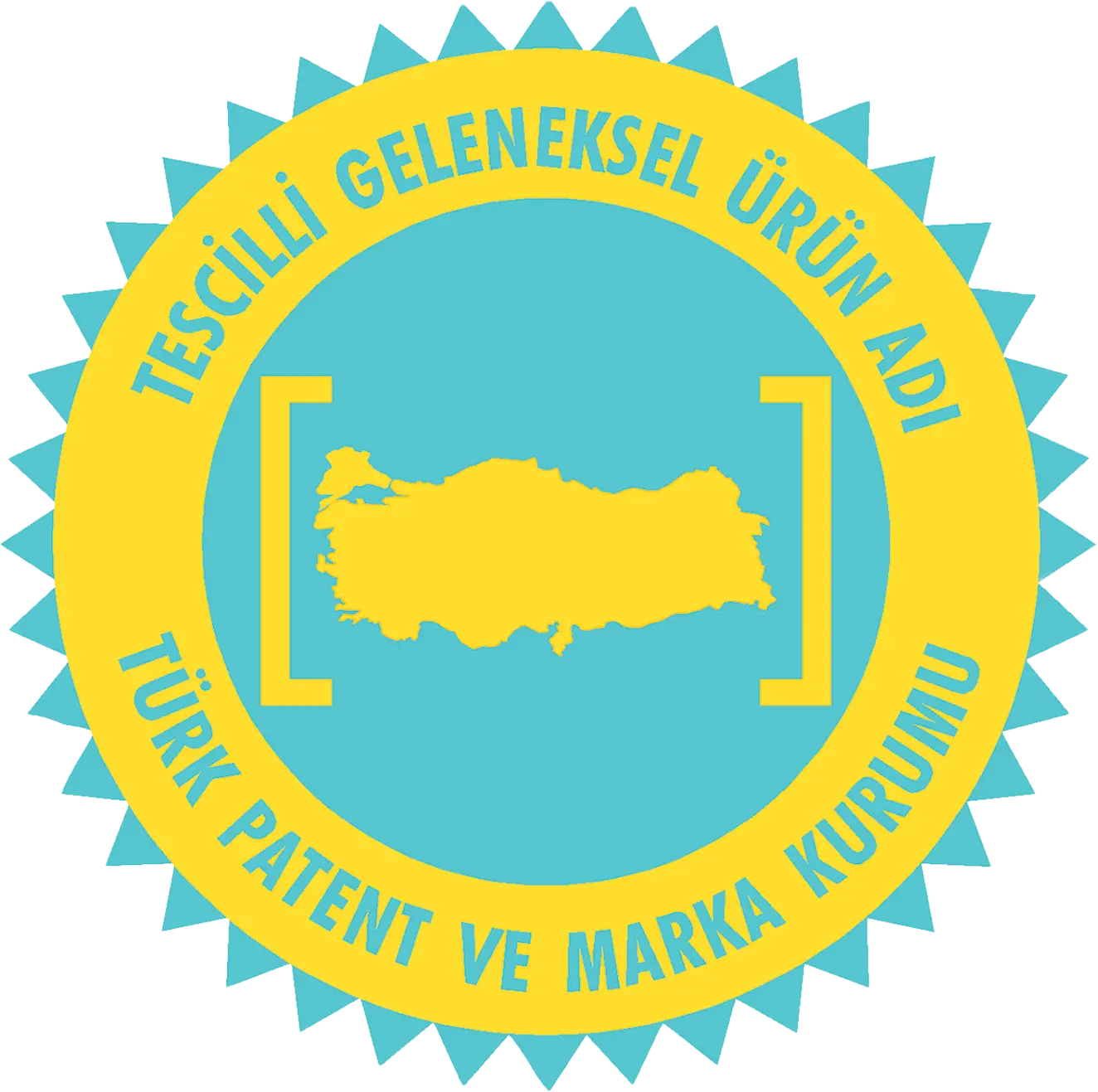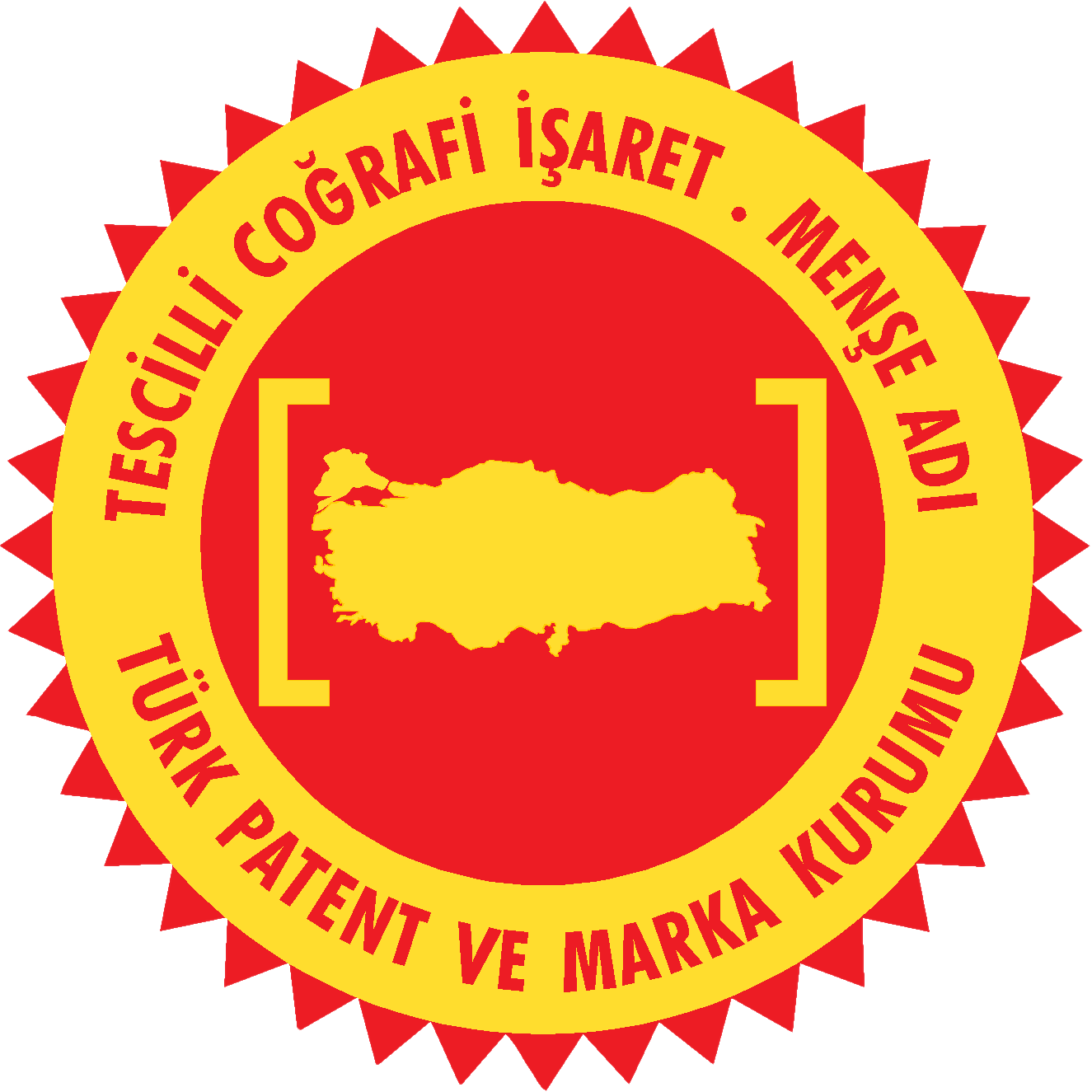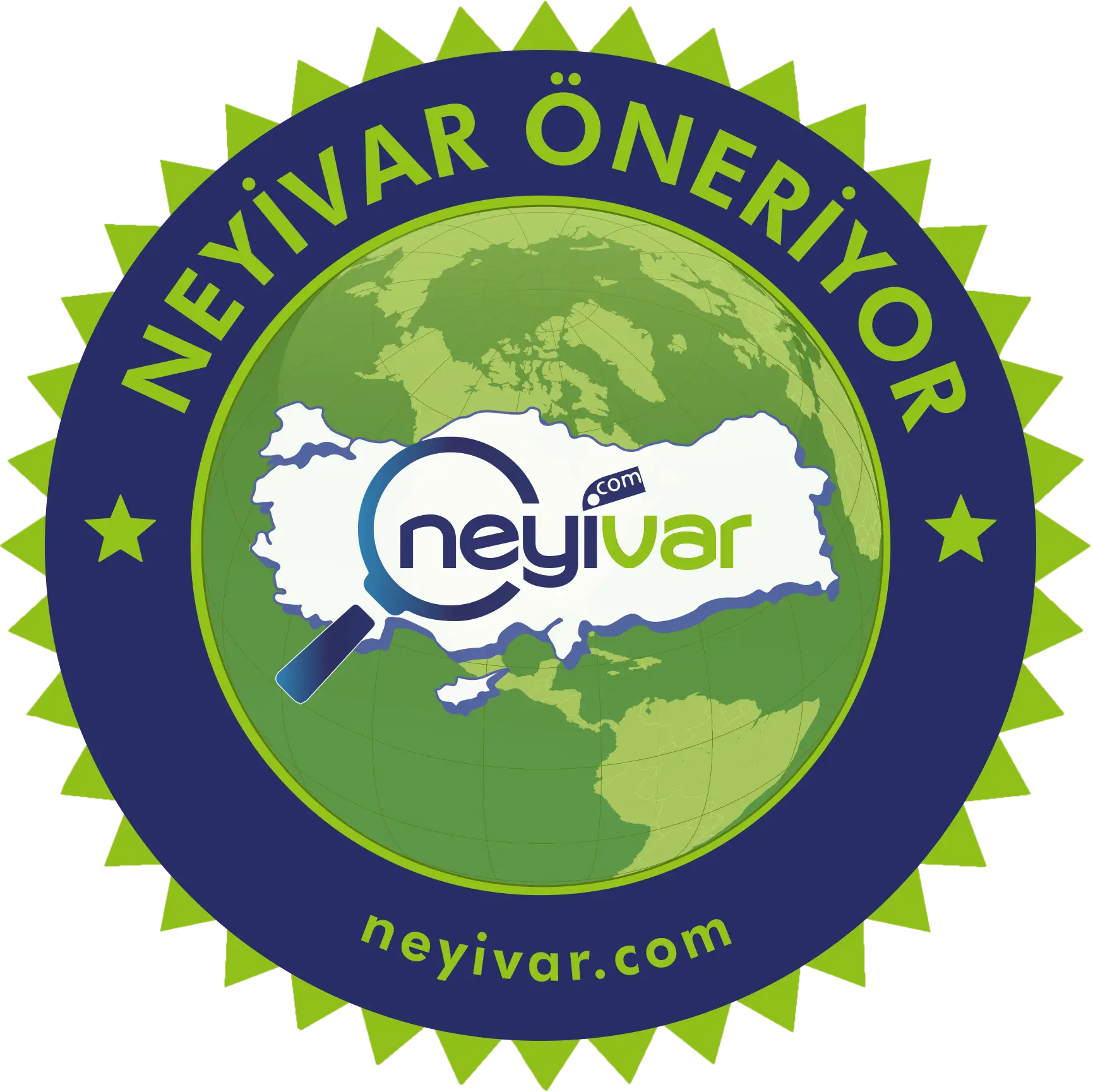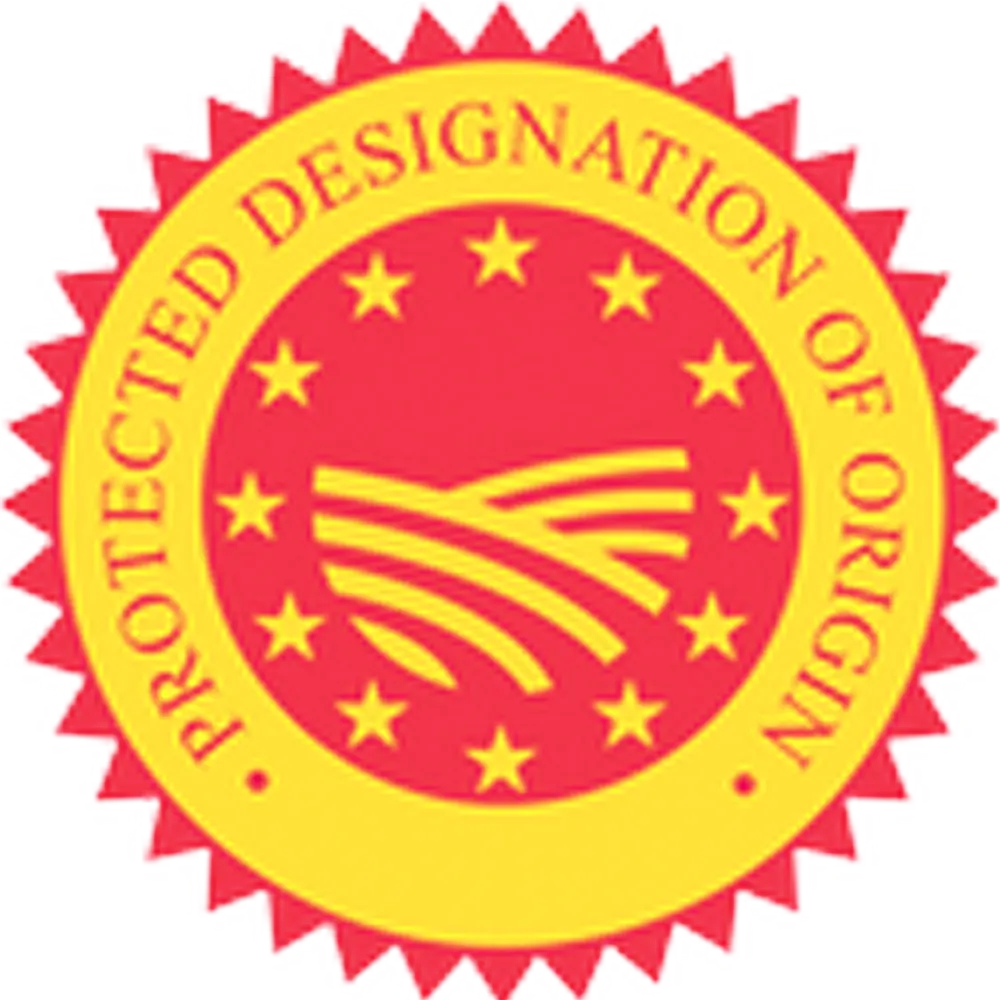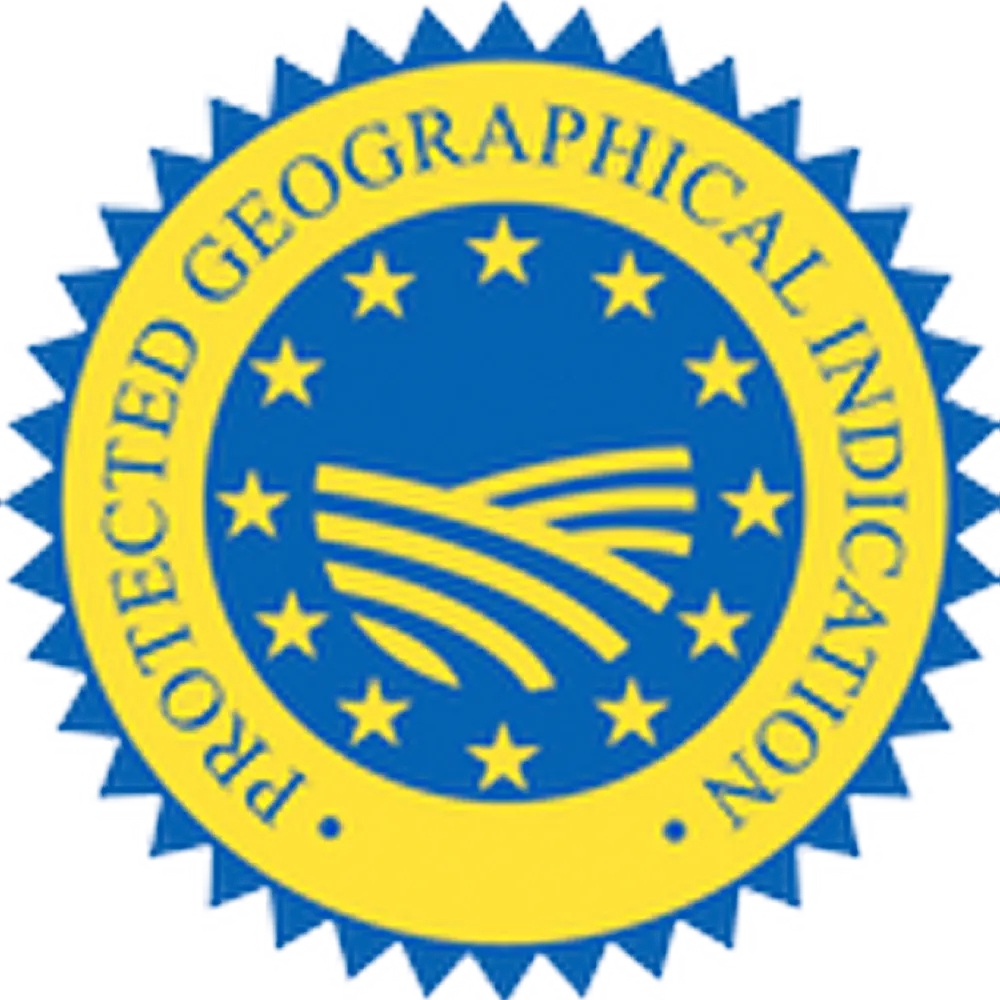Gaziantep Nacre Handwork Protected Geographical Indication
Monday, July 4, 2022
No: 160 – Protected Geographical Indication (PGI)
GAZİANTEP NACRE HANDWORK
Registrant
Gaziantep Chamber of Coppersmiths
The geographical indication, the technical features and control format of which are given in the annex, was announced in the Official Gazette dated 31.08.2011 and numbered 28041. It has been registered to be valid from 22.07.2010 in accordance with Article 12 of the Decree Law on the Protection of Geographical Indications No. 555.
Registration Number : 160
Registration Date : 22.07.2010
Application No : C2010/049
Type of Geographical Indication : Protected Geographical Indication (PGI)
Applicant : Gaziantep Chamber of Coppersmiths
Address of the Applicant : Karagöz Mah. Handanbey Çarşısı Handanbey Apt. Zemin Kat
Şahinbey GAZİANTEP
Product Name : Nacre Handwork
Name of Geographical Indication : Gaziantep Nacre Handwork
Usage Format : Labeling
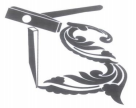
Product Description and Distinctive Features:
Nacre or ivory, inlaid with special steel pens on walnut, hornbeam and rarely rose trees, is enriched by processing with silver or brass wires with the support of filigree art.
The proper processing and cleanliness of the rich and unique motifs and fine details of the region on the product, which is prepared by burning or dyeing by masters, emerges as a distinctive regional feature.
In addition, in Gaziantep Nacre Handwork, silver-lead and brass wire and atpaco wire are also used.
Motifs and shapes are common in Gaziantep Sedef Handwork. Traces of Seljuk and Ottoman culture can be found in all works. In Gaziantep, nacre is a profession that is passed down from father to son.
Three techniques are used in nacre craftsmanship, namely embedding (inlay), coating and puttying techniques. Additionally, in terms of motif features, usage areas and styles, it is divided into four main groups as Istanbul Work, Damascus Work, Vienna Work and Jerusalem Work. Although all of the four groups mentioned in Gaziantep are produced, Istanbul Work and Damascus Work are the prevalent ones.
Istanbul Work: In the Ottoman style, auxiliary elements such as ivory, tortoiseshell and bones are used. Gold leaf is also adhered to the bottom of the thinned tortoiseshell. Nacre is a branch of art in which these materials are used with geometric shapes.
Damascus Work : Only one side of the thick and white nacre, which we call “nacre stone”, is corrected. The other side is embedded raw in the tree. Lead-tin mixture wires with a diameter of 1 mm are stuck around the nacre.
Vienna Work : It consists of irregularly placed nacre pieces with the coating technique called “Boule”. It is mostly a craftsmanship in which colored nacre, which we call "çöp", is used. It is especially applied on items such as tables, sofas, nightstands, buffets, mirrors.
Jerusalem Work : This technique is not used in household appliances. Here, nacre is used in the construction of mosque and other models made of shells. It manifests itself as plant and animal motifs.
The dominant colors are red and black, and the motifs used are very original and rich. From time to time, Baroque and Rumi arabesque designs are also seen. These are mostly works made by copying Ottoman and Seljuk motifs.
Production Method:
Specially selected walnut and hornbeam (no knots, cracks and rot) trees must be dried for at least two years. In addition, the trees cut in the desired dimensions during the processing of the product are left to rest for at least one week after they are cut. Drying trees are classified according to the products to be made (box, lectern, chest, sword, etc.). The products whose woodworking process is finished are first drawn by considering the motifs to be made on them for nacre inlay work. While these motifs are inspired by Ottoman motifs, they can also be based entirely on original imagination.
The products whose drawings are finished, start to be made filigree with chisel tools made of steel. Brass, aluminum, silver and gold wires used in filigree are annealed with a blowtorch before processing. These wires are hammered into the channels opened with a chisel with a hammer. The product, whose filigree process is finished, is glued with yoghurt glue (wood glue). It is left to dry for a day. In order to prepare the nacre parts of the products whose drying is finished, the places where nacre will be placed are carved with a chisel. This is called inlaying. The product is ready for nacre.
In Gaziantep, nacre is obtained from freshwater mussels obtained from lakes, streams and rivers. Preferably, the Euphrates River mussel is used.
Nacre products, which arrive as mussel shells, are broken down with a tool called keltepen, depending on where they will be used.
The shattered shells are shaped with diamond stone tools. During this process, both sides of the shell are leveled by pounding on stone. Then, the contours are formed. Each shaped nacre is placed.
Products whose nacre process is finished are adhered to their places one by one with a paste made with yoghurt glue (wood glue) and walnut shavings (in a way that does not flow). The products whose puttying process is finished are left to dry again for one day. The drying should take at least 24 hours. The dried products are taken to the purification process.
At this stage, the point to be considered during the purification process to be done with 0-1 numbered sandpapers is that the wires and nacre do not come off and the tree is not damaged. In addition, kerosene is applied on the product to prevent damage to the wires.
The purified product is thoroughly cleaned with a cloth for coloring. If the product is going to be brown, nitric acid diluted with 1/3 ratio is applied and left to dry. Dried products are lubricated with olive oil and sanded.
If the color will be black, it is burned with a torch after the acid has dried. This burning is done until the color turns black. Then it is sanded and applied olive oil. The purpose of the sanding here is to remove the surface damage caused by acid and burning. Then with a cloth, oil and dust are cleaned.
The polish (mixture of shellac and spirit) of the cleaned products is applied 2-3 times with the help of a clean cloth and cotton. Then, if the product has an upholstery part, it is upholstered. If there are accessories, they are also attached.
Inspection:
Processing of the product (conformity of the production of the product to the technical specifications, correctness and completeness of the production stages), marketing (tracing the geographical indication, using the geographical indication in place, in the correct way and by the authorities, whether the geographical indications are applied to the defective and faulty products) and packaging (that the products are individually stretched and boxed together with the user manual and warranty certificate included) will be inspected and observed. In order to fulfill this duty, the institutions in the supervisory authority have sufficient equipment and personnel. Necessary inspections will be made at least twice a year regularly, and at any time upon the complaints of consumers. The supervisory authority consists of three people, one person from Gaziantep Chamber of Industry and two people from Gaziantep Union of Chambers of Merchants and Craftsmen. The commission will carry out its audits within the scope of the specified criteria and record the results by linking it to a report.
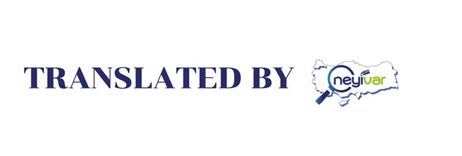
Original text from ci.gov.tr.
